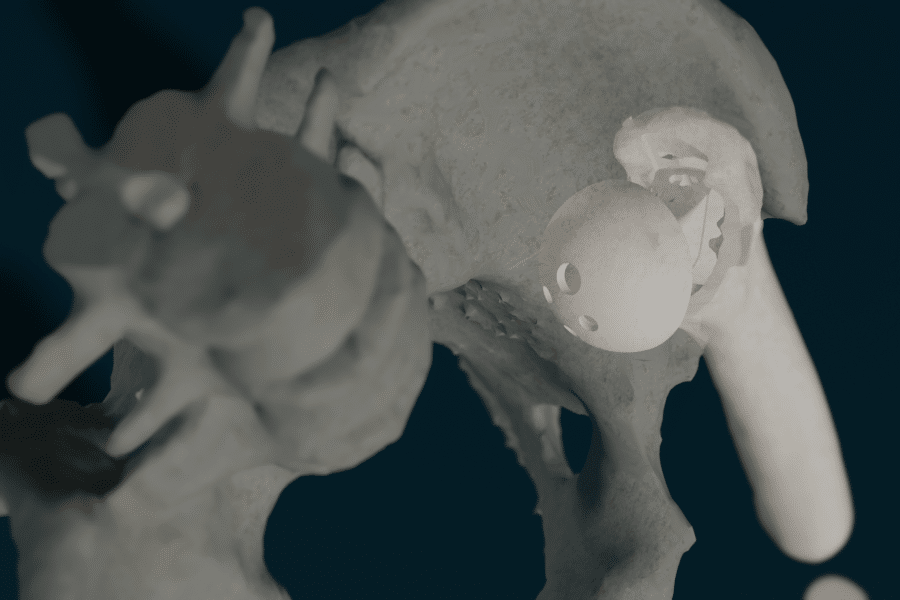A recent, systematic review was conducted with the goal of examining and summarizing the data of multiple clinical trials and scholarly articles related to 3D pre-operative planning for primary total hip arthroplasty (THA). In all, 43 scientific articles were reviewed. The earliest publication referencing 3D planning was in 2002 with the amount of citations mentioning 3D planning reaching its peak of 100 citations in 2017. This alone is a good indicator of the massive growth of incorporating 3D planning into a surgeon’s pre-operative technique. Furthermore, THA in younger populations (less than 65 years old) has grown by nearly 50% in the US between 1993 and 2006. It should be noted that this review excluded any articles using custom-fabricated components and solely focused on studies using off-the-shelf implants. Ultimately, the criteria this review reported on was the accuracy in implant size prediction, the restoration of hip biomechanics and component orientation.
The typical process of 3D pre-operative planning starts with DICOM images obtained through CT scan, MRI, or EOS imaging. Those DICOM images are then uploaded into various specialized programs in order to segment the anatomical structure and translate the structure into a 3D model. Once the 3D model is completed, the surgeon is able to plan the surgery according to the patient’s own anatomical variables.
When looking at the accuracy of component size prediction through 3D pre-operative planning, the prediction rates noted for femoral stem and acetabular cup sizes ranged between 34-100% and 41-100% respectively. Not only does more accurate sizing during the pre-operative planning phase lead to less intra-operative guesswork, it also allows for an optimal implant inventory.
Even though the authors of this review had less data to pull from when assessing accuracy of component position and orientation, they were able to assess that, “3D pre-operative planning may be considered a useful tool to restore hip biomechanics. It allows 3D representation of the human anatomy and anatomical variables such as FO (femoral offset), COR (center of rotation), and LLD (leg length discrepancy) to be accurately estimated.” They also note that when using 2D radiographs (x-rays) certain anatomical features such as femoral offset could be wrongly estimated by as much as 13.7 mm.
3D surgical planning also proved useful when planning the femoral stem and acetabular cup position. They found that the femoral stem was more accurate and positioned better inside the femoral bone, maximizing the implant contact area. For the acetabular cup, proper sizing and positioning is critical to minimize the risk of dislocation and other risk factors such as edge-loading and implant wear. The authors note that, “three-dimensional surgical planning has been proven to increase the accuracy of cup implantation.”
What this review does an exceptional job of illustrating is how 3D pre-operative planning affects each aspect of a THA in a positive way. 3D planning has significant improvements for surgeons and patients by providing more detailed anatomical information. This helps surgeons better prepare for intra-operative complications as well as know the precise sizes and placement of all of the components being used during the procedure. This has obvious benefits for patients as well providing a better restoration of their natural biomechanics.
It is clear to see that 3D surgical planning continues to gain traction and become the more desirable method of performing not only total hip arthroplasty but all joint replacement surgeries. While there still is a lack of long-term clinical studies proving enhanced survivorship in patients who received a TJR via 3D planning methods, the short and medium term data document good clinical outcomes.
To see how Kinomatic is using 3D technologies for more accurate surgical procedures, visit our website.
To read the full review this post references, click here.
